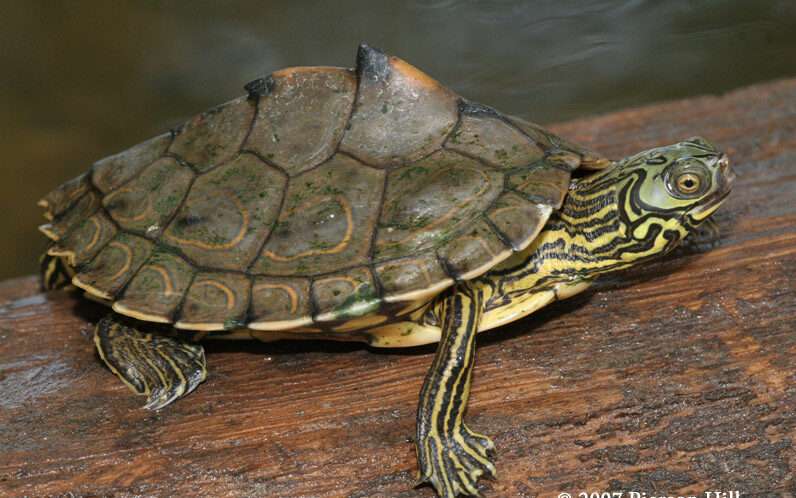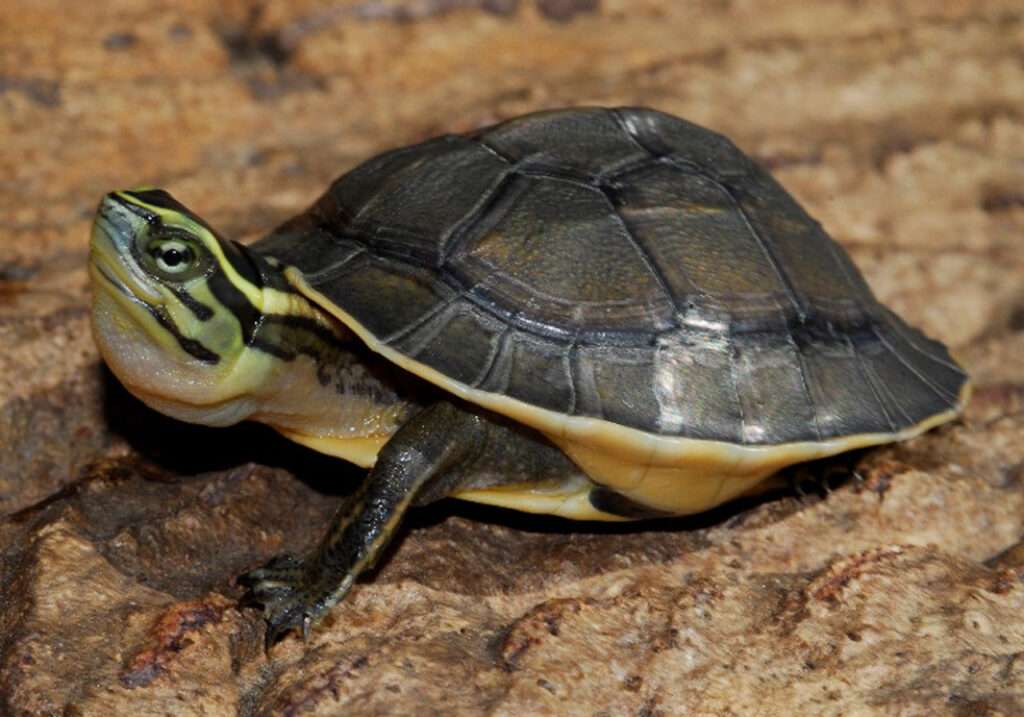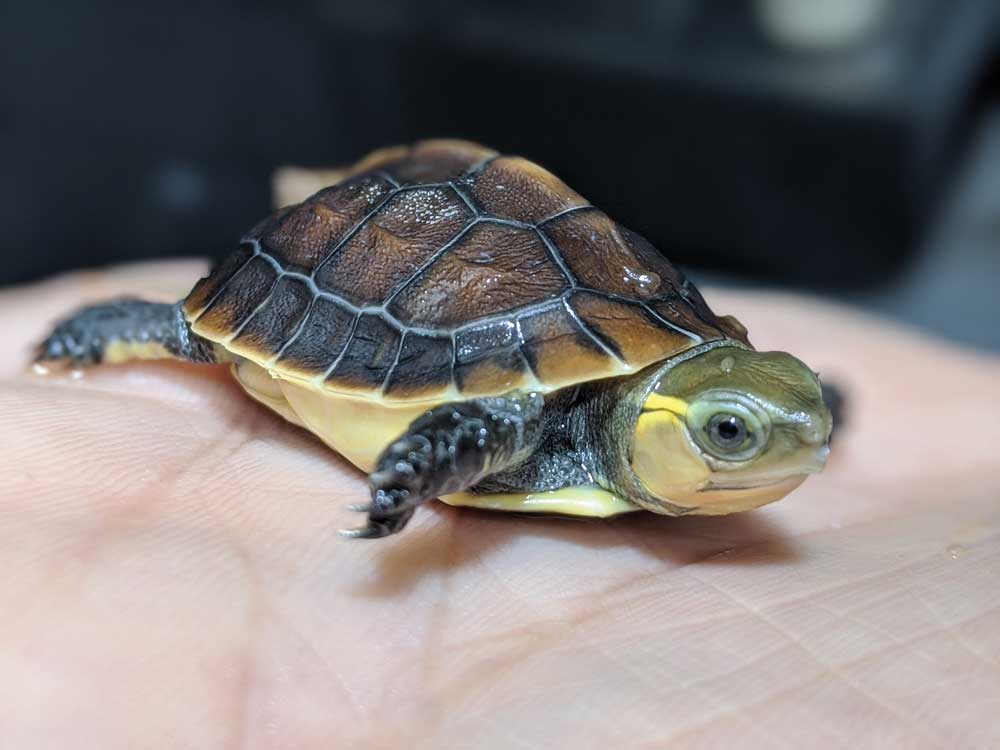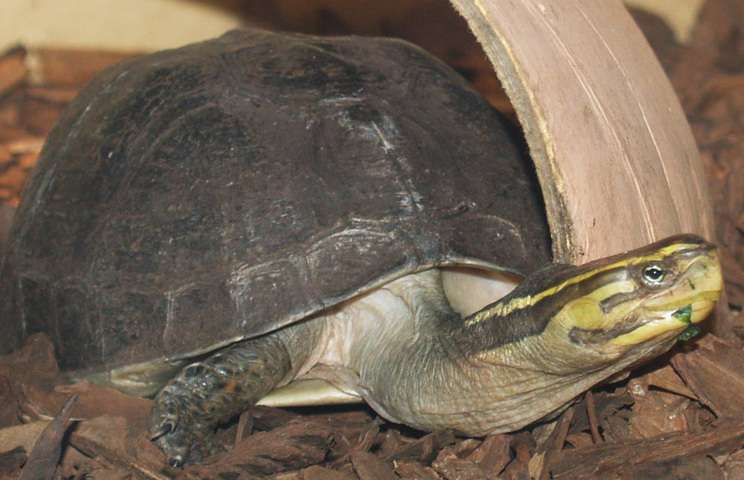
These turtles are restricted to a narrow area of swift-moving river systems in southeast Alabama, southwest Georgia, and the Florida Panhandle. The Barbour’s Map turtles have saw-toothed keels with a black tip, and the margins of their shells are marked with yellow crescents.
Mostly carnivorous, Barbour’s Map turtles eat mollusks and crustaceans that are found in rivers. With the exception of the larger females, who lay their eggs on land, they spend almost their entire lives underwater. Due to habitat loss, this species is regarded as vulnerable.
Care as a Pet

Housing
The Barbour’s map turtle is a turtle that lives mostly in water. They can swim in swift rivers since they have good swimming abilities. These aquatic turtles will emerge from the river or stream they live in to sun themselves on logs. They typically plunge back into the water at the first sight of danger due to their timid temperament. They only emerge to lay their eggs and spend practically their whole lives underwater. A sizable turtle tank is essential for all map turtles. The turtle tank’s water volume should range from 75 to 120 gallons. The turtle now has plenty of space to swim.
Heat
When it comes to taking care of pet turtles, good lighting is essential. Since most aquariums and turtle tanks have side glass that filters out UVB radiation from the sun, you will need to supplement this vital light yourself with UVB light bulbs. This light ought to be located above the basking area.
Check out our evaluation of the best UV-B bulb for turtles for a more thorough examination of lights. It’s important to carefully monitor the enclosure’s temperature. The water should be about 75 degrees, and the basking area needs to be between 85 and 90 degrees.
Feed
Carnivorous turtles are Barbour’s map turtles. They only eat animal food in the wild. Depending on their size, they eat different things. Hatchlings and juveniles eat insects and larvae. Males consume small snails, clams, larvae, and insects. The largest individuals in this genus, the females only ate enormous food, including mollusks like clams and snails. These hard-shelled mollusks are broken down by their beaks before being swallowed whole. Small mollusks, mealworms, fish pieces, aquatic insects, and crustaceans can all be fed to smaller males. Clams and snails are edible to larger females. Additionally, you can give them prawns, crayfish, mussels, green and fiddler crabs, minnows, shiners, and periwinkles to eat.
Table





